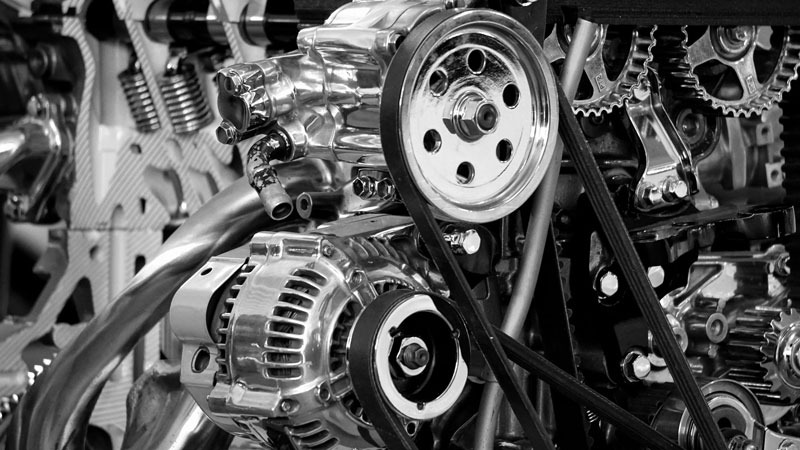
If you’ve been searching for information on laser engraving stainless steel, you’ve probably found articles that provide you with steps on how to do it. The truth is: you can’t laser engrave stainless steel. Here’s why this metal alloy is different.
Laser Engraving Stainless Steel Leads to Corrosion
Laser engraving stainless steel removes an important protective layer. In fact, any method that digs markings on the surface (deep or shallow) will remove this layer.
This thin protective layer is composed of chromium oxide. Chromium oxide is formed naturally when chromium reacts with oxygen. This process is a desired form of oxidation known as passivation. The resulting layer prevents corrosion by stopping oxygen from reaching the underlying steel.
When that layer is removed, oxygen causes a chemical reaction on the bare steel. That reaction is known as oxidation. The result is rust, which creates weak spots that gradually destroy the material. That’s what happens when you mark stainless steel by laser engraving or laser etching.
Stainless Steel Must Be Laser Annealed, Not Engraved
To create marks such as logos or data matrix codes on stainless steel, you need to rely on a technology that does not remove the chromium oxide layer from the surface.
For such a need, only one technology leaves a permanent mark directly on stainless steel. This technology is laser annealing, and it can be done using a fiber laser machine.
Laser annealing chemically modifies the steel located under the chromium oxide layer. To do so, the surface is heated until it melts temporarily. During this short time span (milliseconds), oxygen travels below the surface. This creates a desired and controlled form of oxidation under the surface.
What’s the result? When the surface cools down and solidifies, the surface color is modified due to oxidation. This color is typically black, although a wide range of colors can be achieved. The resulting mark is beautiful, colorful and permanent.
Most importantly, no material is removed from the surface (as opposed to laser engraving, which ablates the material). This means that the protective layer is unaffected, and that your parts are protected from rust.
Why You Use Stainless Steel Dictates How You Mark It
The main reason for using stainless steel is because it grants protection against rust. Exhaust lines, for example, need that protection because they are constantly exposed to corrosive acids. But there are other reasons for using stainless steel too. Medical devices are made of stainless steel for sanitary reasons. Car interiors may include stainless steel to obtain beautiful designs.
Laser annealing provides permanent traceability and meets all those requirements. Here’s what you can expect:
- Permanent marks
- High contrast marks
- High level of detail
- No cracks or bumps
- Wide range of colors
- Relatively slow marking times
- No consumables
- Low maintenance
Discuss Your Stainless-Steel Application With a Laser Expert
What can you obtain by discussing with an expert?
- Marking times
- Tests using your parts
- Possible marking colors (depends on your alloy/grade)
- Quotes for laser machines and systems
- And much more!
